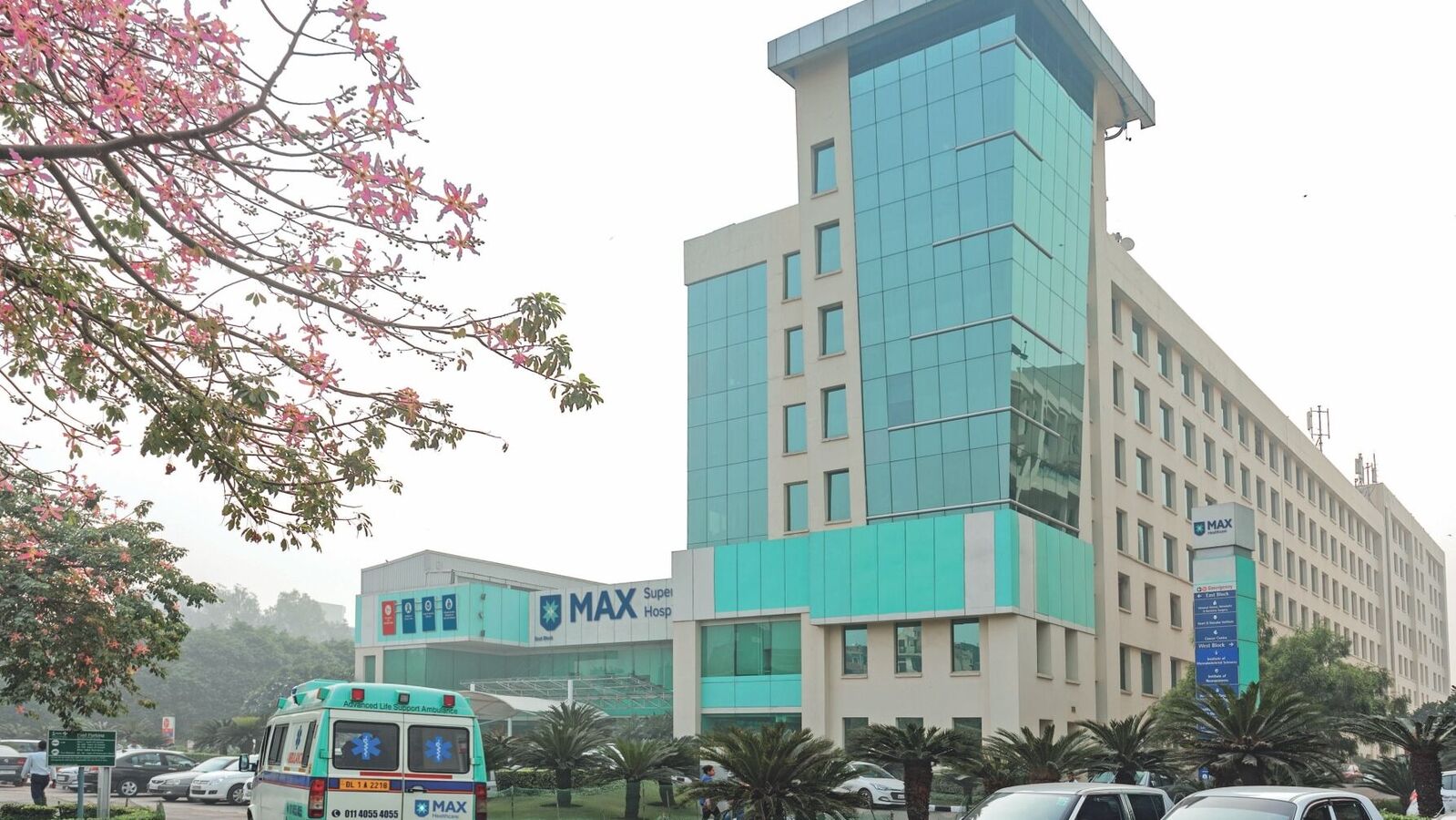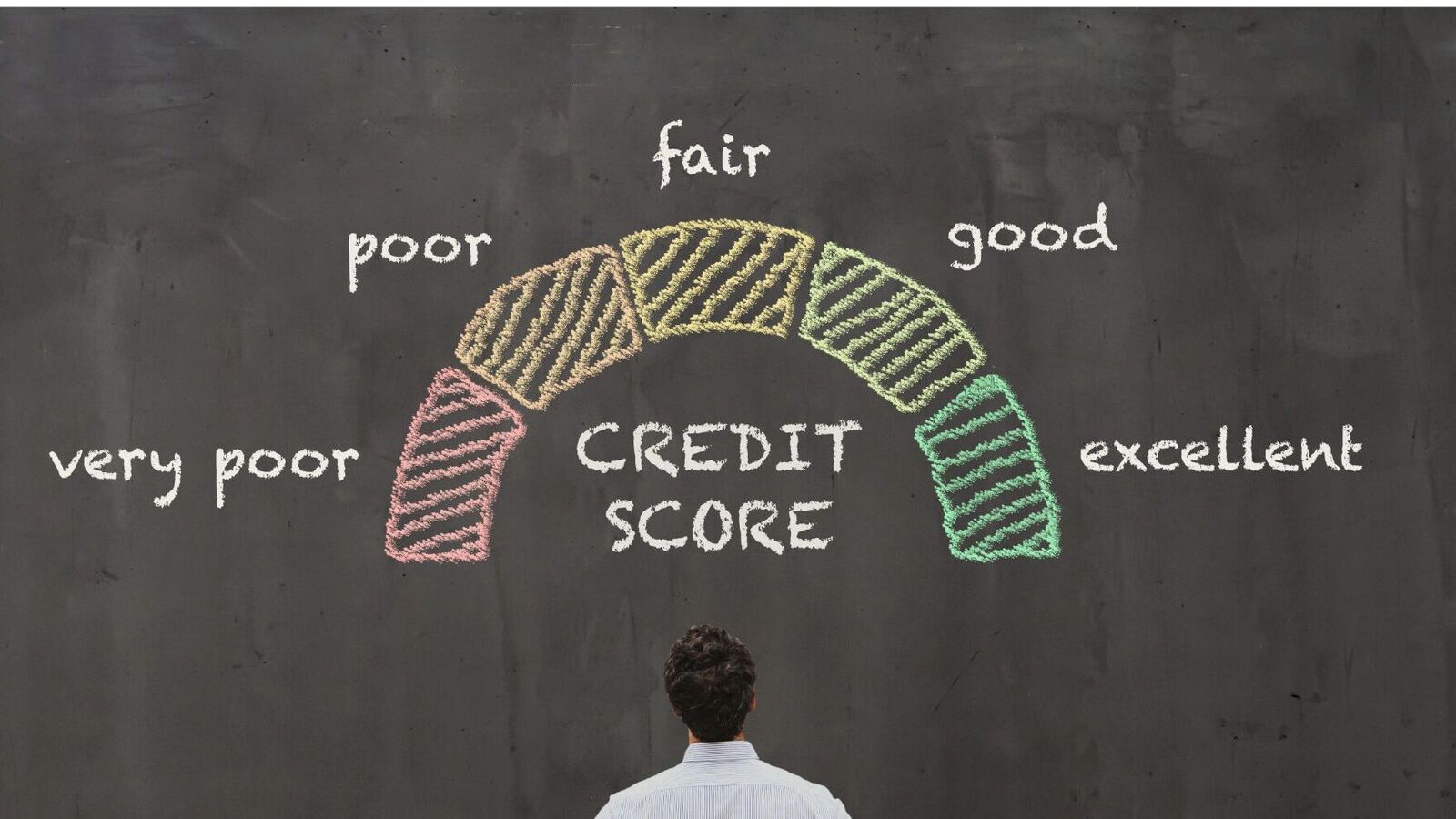From January to March every year, towards the end of the financial year, chartered accountants and tax consultants are bombarded with the same question – where should one invest to reduce tax liability? Often, the advice is to invest in tax-saving mutual funds, life insurance and health cover.
People, specifically the salaried class, are always under the notion that such investments can help save taxes. However, with this mindset comes poor investment decisions and, at times, even a higher tax outgo due to haphazard last-minute planning.
Evolution of deductions
Historically, tax incentives have been linked to deductions such as equity-linked saving schemes, the National Pension System (NPS), housing loan payments, interest on education loans, Public Provident Fund, and insurance. These deductions were introduced to boost savings and inculcate investment habits among the working class.
However, deduction limits have remained unchanged for years. The limit under Section 80C of the Income-Tax Act, 1961, for specified investments has been ₹1.5 lakh since 2015. The limit under Section 80D for insurance premiums has been ₹25,000 since 2016 (for citizens below the age of 60). The maximum deduction allowed for housing loan interest under Section 24 (b) has been ₹2 lakh since 2015.
The deduction limits are abysmally low vis-à-vis inflation rates, purchasing power and the increasing financial responsibilities of taxpayers. Although new deductions have been introduced in the recent past such as Section 80EEA (interest on loan for buying affordable homes), Section 80EEB (interest on loan for purchasing e-vehicles), Section 80CCD(1B) (self-contribution to NPS), the absolute values of deductions remain largely unchanged.
New tax regime
Under the new tax regime introduced for individuals and Hindu Undivided Families with effect from assessment year 2021-22 (FY21), there are no deductions available except for standard deduction of ₹50,000 from salary income under Section 16 (ia), which has been revised to ₹75,000 with effect from AY 2025-26, and an employer’s contribution to NPS under Section 80CCD (2) of up to 14% of the salary.
The new regime aims to simplify tax calculations without the complexity of deductions. Admittedly, the slabs in the new regime result in a lower tax liability vis-à-vis the old tax regime, but it may vary based on the quantum of a taxpayer’s deductions.
With Budget 2025 and the newly introduced Income Tax Bill, 2025, the tax slabs have been revised, and the rebate has been increased to ₹60,000 for those earning up to ₹12 lakh per annum. Taxpayers earning up to ₹12 lakh (excluding income from capital gains) effectively do not have to pay any tax. As a result, sticking with the old regime now requires significantly higher deductions to be worthwhile.
Segregating investments and tax
The new regime, coupled with liberal tax rebates, may be here to stay, going by the government’s nudges to taxpayers to shift from the old regime. This must be seen positively, given that people would not need to compulsorily invest in assets/instruments to save tax.
Hitherto, poor investment decisions made at the end of the year and buying retirement products just to save taxes were common. How often have people rushed to buy mutual funds in March to save tax only to later realise that it doesn’t meet their needs?
The same goes for insurance products in which people invest because it counts in the Section 80C and 80D deduction limits and not because it is considered a hedge against contingencies.
Paradigm shift
With the government steering taxpayers toward a simplified regime, the conventional model of tax-linked investments is gradually losing relevance. The message is clear—tax planning is no longer about chasing deductions but about optimising overall tax efficiency.
This shift demands a change in mindset. Instead of relying on tax-saving instruments that may not align with their financial goals, taxpayers must assess whether sticking to the old tax regime is genuinely beneficial or if transitioning to the new regime offers greater flexibility and simplicity. The introduction of higher rebates and streamlined tax slabs is a strong indicator that the government aims to reduce tax-driven distortions in financial decision-making.
Financial advisors must guide individuals and businesses in adapting to this new landscape. We must help shift the conversation from “Where should I invest to save tax?” to “Which tax regime aligns best with my financial situation?”
The era of tax-driven investment decisions is fading, paving the way for a more structured, goal-oriented, and efficient tax-planning approach.
Vinayak Bhat is a chartered accountant and tax associate at Bansi S. Mehta & Co.












Leave a Reply